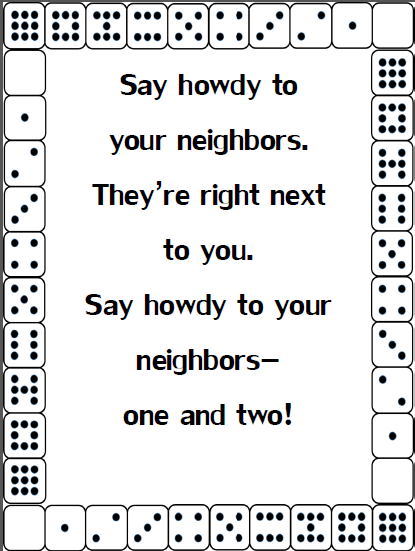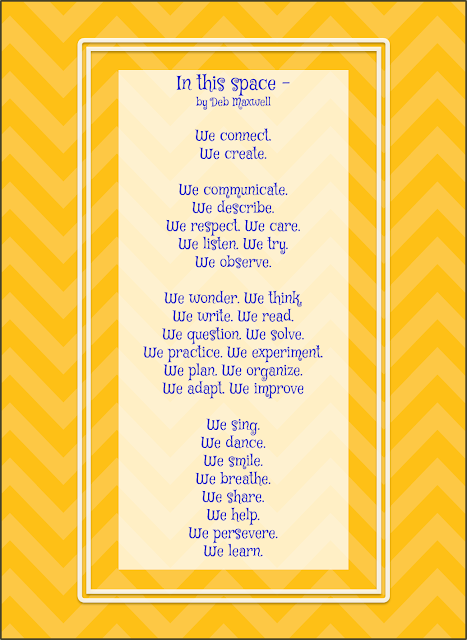 |
| Make this stand up by folding on the lines to create a prism. Students signal their status by flipping the prism around to put their status on top. Get your own at my TPT or TN store! |
I have been contemplating these desk status tents since I came across these
flip charts from
Hawk's Nest. I love the idea of giving students a way to tell me how they are doing without needing to sit and hold their hand up for a long time or come interrupt me during a conference with another student. These status tents give them the ability to keep working while they wait for me. The flip charts I saw had a different status on each side, but I wanted to be able to see the status from anywhere in the room. Rather than having one status on each side, these have the same three options on each side, the students flip the tent to put their status at the top. The two statuses that mean they need to talk to me make the tent tall. It looks like this:
The colors help me to know what the tent says even if I'm too far away to read the text. Speaking of colors, that's another thing I put quite a bit of thought into. I think colors like red for needing a question and green for working hard have quite a bit of a stigma, so I wanted to avoid them altogether.
I started using these this week, and I am so happy with them! The language for the status choices really has helped to shape the conversations we have. I've been using them during writing, but I plan to use them during math when we work on problem solving. The kids never get the option to tell me they are done, they need help. When I go to conference with a child, I begin with, "What is your question?" or "Read me your story." This has really sped up my conferencing. I got to meet with so many more kids! Also, since "playing with my pencil" is not a status, when I see that kind of behavior, I say, 'that doesn't look like a plan.' They usually respond with, 'I don't know what to do,' then I tell them to change their status to, 'I have a question,' and work on free writing while they wait for me. The whole interaction is just much more positive this way.
You can get these at my
TPT or
TN store for just $1.
















.JPG)















